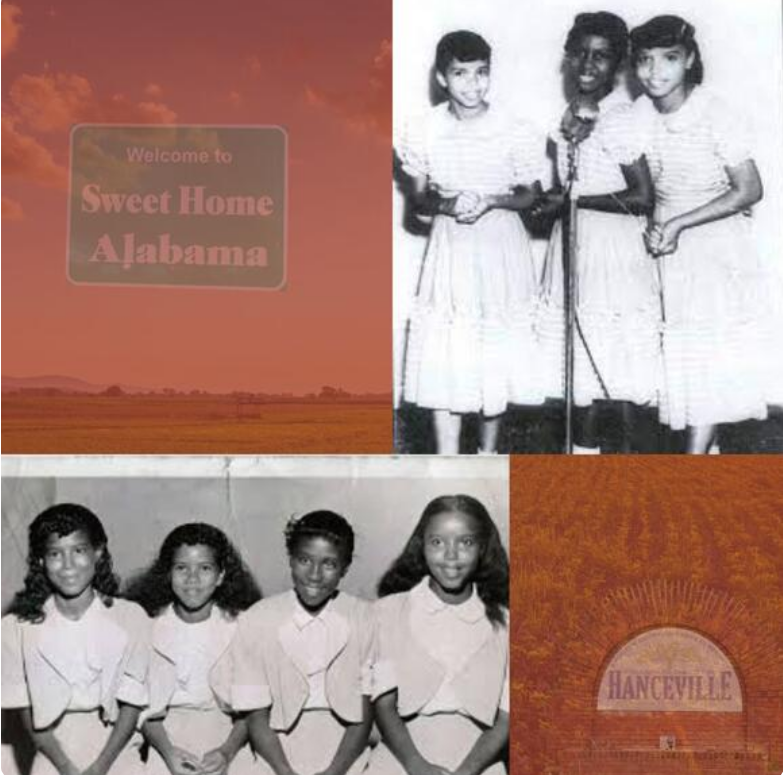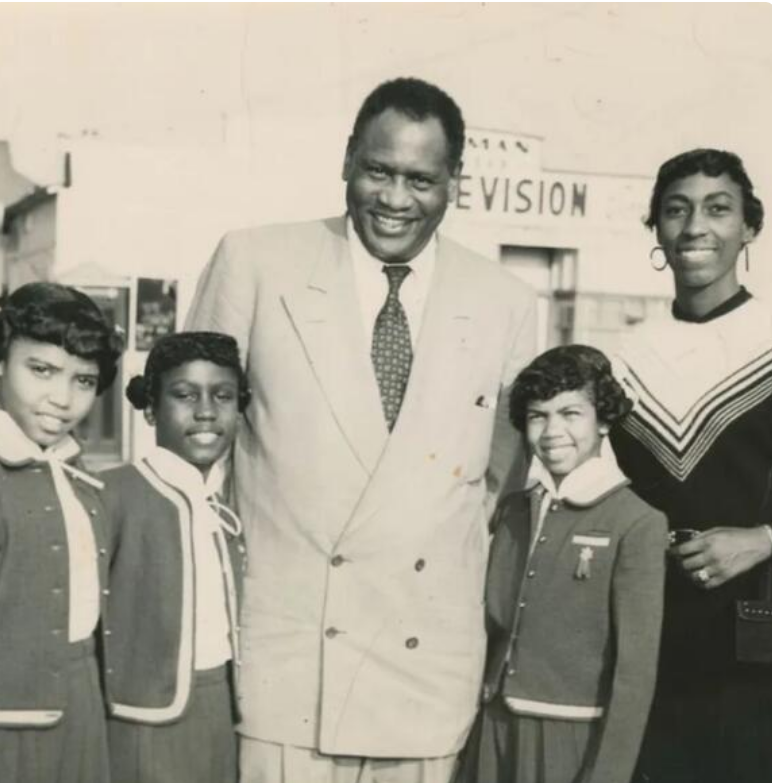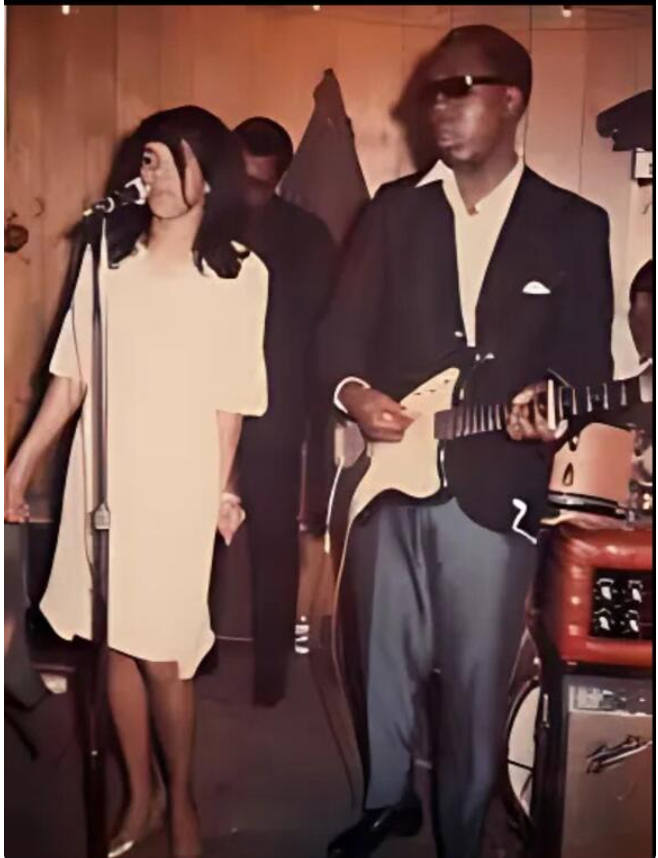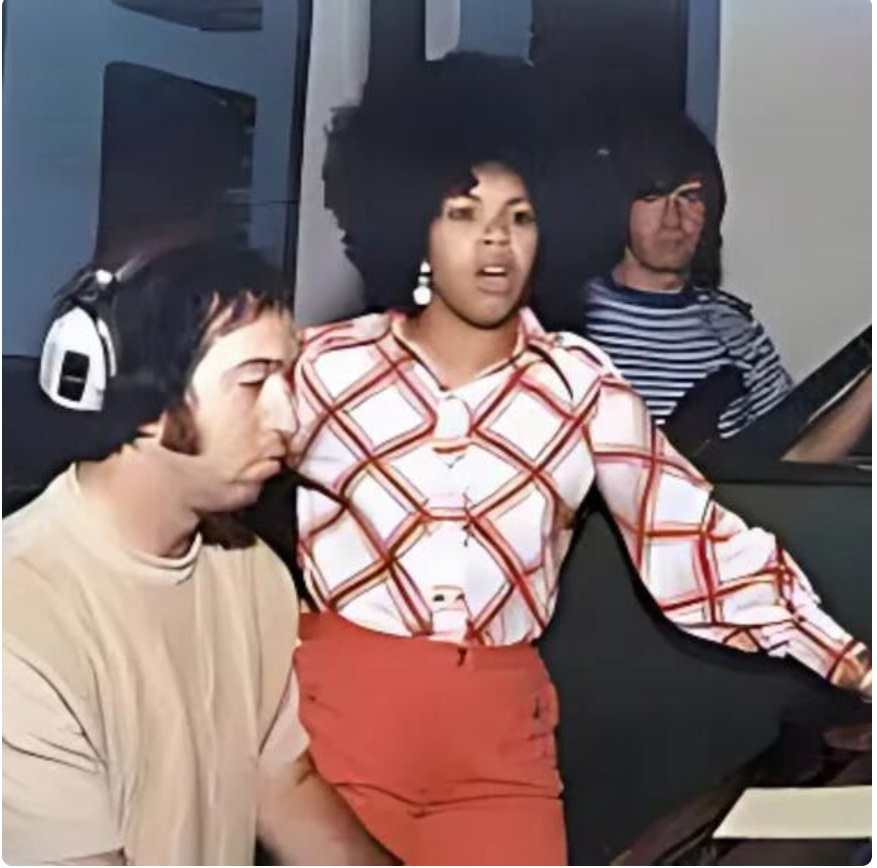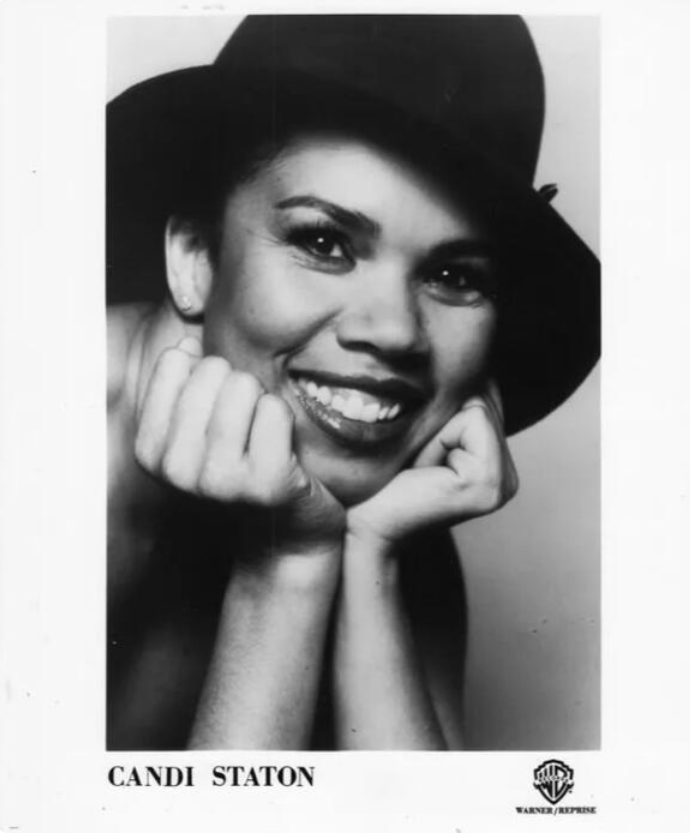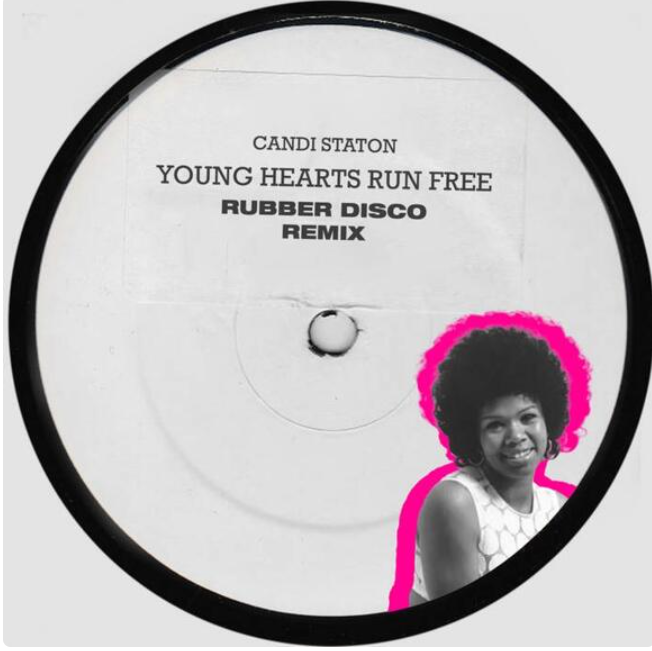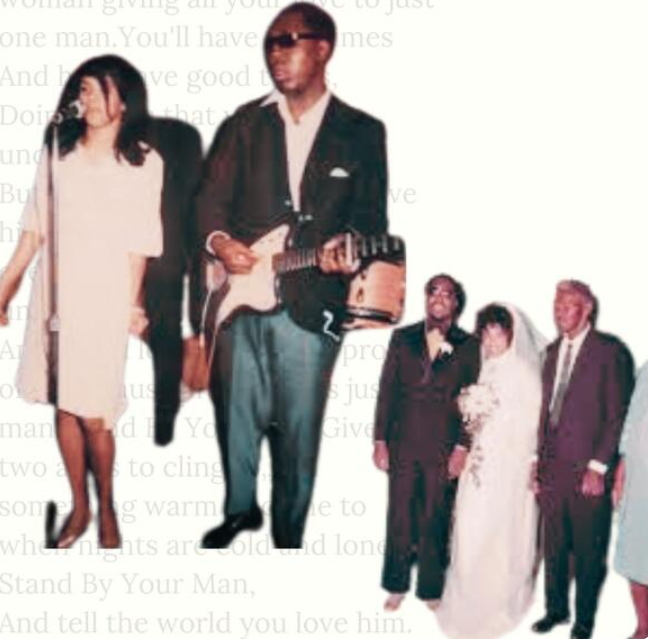Young Hearts Still Run Free: Candi Staton's 50 Years of Soul Supremacy and Breaking Musical Barriers
Young Hearts Still Run Free: Candi Staton's 50 Years of Soul Supremacy and Breaking Musical Barriers
In a sunlit room in her Alabama home, Candi Staton sits at her beloved bedroom piano, her fingers dancing across the keys as naturally as breathing. At 85, her voice still carries that signature crack—a distinctive middle-range timbre that has become her sonic fingerprint across five decades of American music. This January, as she accepts the UK Americana Awards' International Lifetime Achievement Award, she's already looking ahead to Valentine's Day 2025, when her 32nd album "Back to My Roots" will drop—adding to an impressive catalog of 29 albums and 87 EPs and singles that have earned her the title "Queen of Southern Soul." Her story is not just a musical journey; it's an American saga of resilience, reinvention, and triumph.
The Alabama Genesis: Roots of a Soul Queen
Early Life on the Farm
Canzetta Maria Staton's story begins in the rich soil of a humble 40-acre farm in Hanceville, Alabama. Born into a world where segregation still held firm, young Canzetta found her first window to a broader world through a simple radio that brought the transcendent voices of Mahalia Jackson and B.B. King into her daily life. The farm, while modest, provided the foundation for what would become an extraordinary musical journey.
The Staton family's land became more than just a place of agricultural sustenance; it transformed into her first concert venue when, at age five, a traveling church group performed there. This pivotal moment ignited a spark that would light her path forward. The back of a flatbed truck became her first stage, where she and her sister Maggie's harmonies would echo across the fields, foreshadowing the musical journey ahead.
From Church to Stage: The Early Musical Education
By age eight, displaying a precocious talent that couldn't be contained within the farm's boundaries, Staton joined the Four Golden Echoes gospel group. This early professional experience laid the groundwork for her understanding of harmony, performance, and the power of music to move audiences. At just ten years old, she was already performing professionally, marking the beginning of a career that would span over five decades and multiple genres.
The Sacred Years: Gospel Foundations (1950s-1960s)
The Jewell Gospel Trio Era
The pivotal move to Jewell Christian Academy in Nashville with her sister marked a significant turning point. Here, the formation of the Jewell Gospel Trio with Naomi Harrison would create ripples through the 1950s gospel scene. The trio quickly became known for their tight harmonies and emotional delivery, earning them spots on stages alongside the era's greatest gospel performers.
Their performances alongside legends like the Soul Stirrers, C.L. Franklin, and Mahalia Jackson weren't just shows—they were masterclasses in musical excellence and spiritual connection. These experiences shaped Staton's understanding of how to connect with audiences on both an emotional and spiritual level, a skill that would serve her well across multiple genres in the decades to come.
Technical Development and Style Formation
During these formative years, Staton developed the foundation of what would become her signature vocal approach. The gospel circuit demanded both technical precision and emotional authenticity—a combination that would later distinguish her in both soul and disco genres. The discipline required in gospel music, with its complex harmonies and dynamic vocal runs, provided her with the technical toolkit she would later adapt and refine.
The Soul Revolution: Fame Studios and the Birth of a Legend (1968-1974)
The Clarence Carter Connection
The year 1968 marked a seismic shift in Staton's career through a chance encounter that would change both her professional and personal life. R&B performer Clarence Carter discovered her talent during a performance at a Birmingham club, leading not only to her introduction to Fame Studios but also to romance. Carter would later become her husband and father to her son, Clarence Jr., adding a personal dimension to her professional transformation.
The Fame Studios Years
Under producer Rick Hall's guidance at Fame Studios in Muscle Shoals, Alabama, Staton would forge the sound that earned her the title "First Lady of Southern Soul." Hall's revolutionary recording approach—placing all musicians together in one room—created an organic connection between Staton's voice and the instrumentalists that became the hallmark of her sound.
The Evolution of Her Voice
Hall's guidance to "tone down" the gospel runs in favor of straight, emotion-driven delivery was initially challenging for Staton, who had been steeped in gospel traditions. However, this direction led to the development of her distinctive vocal style—a perfect blend of raw emotion and technical control that would influence generations of singers.
The Hit Machine Years
Between 1968 and 1974, Staton's collaboration with Fame Studios produced an extraordinary string of 16 R&B hits that cemented her place in music history:
- "I'd Rather Be an Old Man's Sweetheart (Than a Young Man's Fool)" reached No. 9 on the R&B charts, announcing her arrival as a major soul voice
- "Stand by Your Man" earned her first gold record in 1971 and a Grammy nomination, showcasing her ability to infuse country classics with soul sensibilities
- "In the Ghetto" garnered Grammy nominations and demonstrated her interpretative powers
- "I'm Just a Prisoner" solidified her reputation as the First Lady of Southern Soul and showed her songwriting prowess
Breaking Barriers at Muscle Shoals
During her time at Fame Studios, Staton played a crucial role in challenging racial segregation. The studio became a rare integrated space in the South, where music transcended racial boundaries. "When we got in the studio, we were just musicians," she recalls. "We were just people who loved the music." Her performances on the chitlin' circuit—venues safe for African American musicians during segregation—built her resilience while helping to break down racial barriers in the industry.
The Disco Queen Emerges (1974-1982)
Transformation and Triumph
When disco emerged in the mid-1970s, Staton demonstrated her remarkable adaptability. Her partnership with producer David Crawford at Warner Bros. Records yielded "Young Hearts Run Free," a song that topped the US R&B charts and reached No. 2 in the UK Singles Chart. The track's success established her as the third most prominent disco artist globally, alongside Donna Summer and Gloria Gaynor.
Maintaining Authenticity in a New Genre
What distinguished Staton during the disco era was her ability to maintain artistic authenticity while embracing the new sound. Songs like "Victim" and "Destiny" became million-sellers, but never at the cost of her soul roots. Her disco period demonstrated her remarkable ability to transcend genre boundaries while maintaining her distinctive vocal identity.
The Personal Behind the Professional
Many of her disco-era songs, particularly "Young Hearts Run Free," carried deep personal significance, drawn from her experiences with domestic abuse. This period marked her emergence not just as a disco queen but as a voice for women's empowerment and survival.
Personal Battles and Triumph
Relationships and Resilience
Behind the glittering success, Staton faced profound personal challenges. Her marriages, including the one to Clarence Carter, were marked by complexities and difficulties. Her experience with physical and emotional abuse in multiple relationships would later fuel both her music and her activism.
The Birth of A Veil of Silence
In 2016, channeling her personal experiences into positive action, Staton founded A Veil of Silence, an organization dedicated to helping victims of domestic violence. The organization provides support, resources, and hope to women facing similar challenges to those she overcame.
Health Battles and Advocacy
That same year, Staton faced another formidable challenge when she was diagnosed with breast cancer. With characteristic resilience, she fought and overcame the disease, transforming her struggle into a platform for advocacy. She now donates 10% of her website sales to breast cancer research and support organizations and performs in cancer treatment center chapels, offering hope and inspiration to other patients.
The Gospel Return and Dance Music Renaissance (1982-Present)
Spiritual Renewal
In 1982, Staton returned to her gospel roots, establishing Beracah Ministries in Atlanta with then-husband John Sussewell. This phase of her career proved equally successful, earning her two Grammy nominations for her spiritual recordings and demonstrating her ability to move seamlessly between secular and sacred music.
"You Got the Love" - A Timeless Classic
The unexpected resurrection of "You Got the Love" in the 1990s showcased her enduring relevance. The track has been remixed approximately 25 to 30 times, becoming an anthem for multiple generations and introducing Staton to new audiences.
Artistic Process and Technical Mastery
Vocal Technique and Practice
Staton's vocal technique, developed over decades of performance, combines strategic use of vibrato with an emotion-driven delivery that sets her apart from her contemporaries. Her daily practice sessions at her home piano maintain the strength and flexibility of her instrument, a discipline she has maintained throughout her career.
Songwriting Philosophy
"I write by emotion," she explains, "so when something's wrong, I'll write a blues." This therapeutic approach to songwriting has created music that resonates across generations and addresses universal themes of love, loss, and redemption. Her songwriting process often begins at her bedroom piano, where personal experiences transform into universal messages.
Contemporary Impact and Ongoing Legacy
Influence on Modern Artists
Today, Staton's influence resonates through artists like Florence Welch, Jason Isbell, and Mary J. Blige. Her ability to blend genres, maintain authenticity, and connect emotionally with audiences has inspired generations of performers.
Recent Musical Activism
Her recent music continues to address contemporary issues:
- "Just Breathe" confronts police brutality and COVID-19 impacts
- "Where Do We Go From Here" challenges misinformation
- "1963" connects historical civil rights tragedies with contemporary violence
Awards and Recognition
Her impressive catalog of 29 albums and 87 EPs and singles has earned her:
- Four Grammy nominations spanning both R&B and Gospel categories
- Multiple gold records
- The UK Americana Awards' International Lifetime Achievement Award (2025)
- Induction into various halls of fame
Back to My Roots: The 2025 Renaissance
Soul music legend Candi Staton is set to release her 32nd album, Back to My Roots, globally on February 14, 2025.Photo byCandi Staton
The New Album
Her 32nd album, "Back to My Roots," set for release on Valentine's Day 2025, promises to be both a celebration of her musical heritage and a forward-looking artistic statement. The album represents a full-circle moment, bringing together the various strands of her musical journey—gospel, soul, R&B, and disco.
Legacy of a Queen
As the Queen of Southern Soul prepares for both her lifetime achievement award and new album release in early 2025, her legacy stands as a testament to the power of resilience and reinvention. From her early days performing gospel at age ten to her current status as a musical legend, Staton has continuously evolved while staying true to her artistic core.
The Journey Continues
At 85, Candi Staton continues to evolve and create, her daily piano practice sessions and ongoing songwriting demonstrating an artist still in her prime. As David Macias of Thirty Tigers notes, "Candi's a legend, although probably for too few people." The lifetime achievement award and new album release in early 2025 feel less like a culmination and more like another chapter in an extraordinary musical journey.
In an industry often fixated on youth, Staton stands as a testament to the enduring power of authentic artistry. Her voice, with its distinctive crack still intact, continues to tell stories of triumph and tribulation, proving that young hearts can indeed run free at any age. As she prepares for her album release and accepts her lifetime achievement award, one thing becomes clear: this isn't just a celebration of a career; it's a recognition of an artist who never stopped evolving, never stopped creating, and never stopped inspiring.
The young heart that ran free from that Alabama farm all those years ago is still running, still creating, still inspiring. And now, finally, it's getting its flowers while continuing to bloom, with new music and recognition affirming what her devoted followers have known all along—Candi Staton isn't just a survivor or an icon; she's a living legend whose story is still being written, whose voice still rings true, and whose impact continues to resonate across generations, genres, and hearts worldwide.
-Christy Chilton, Senior Entertainment Editor, Spotlight Sarasota


